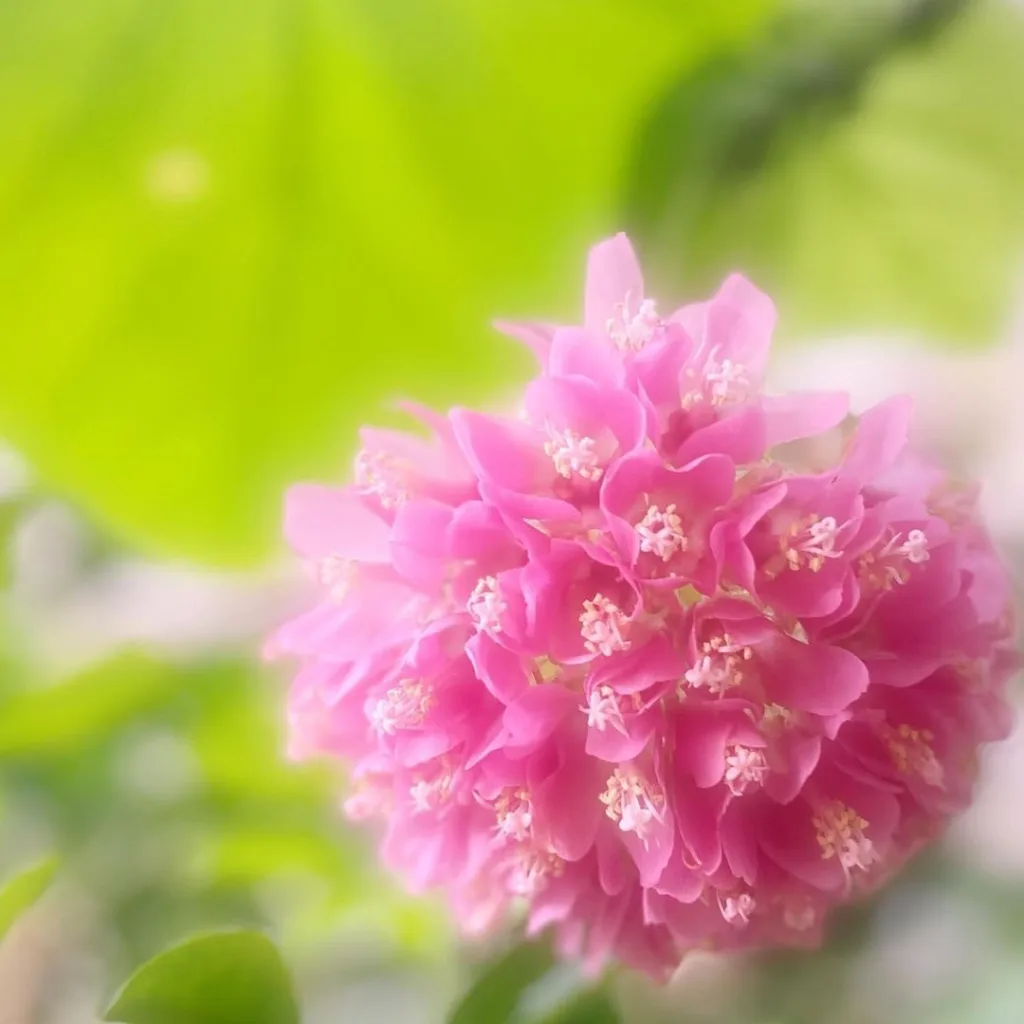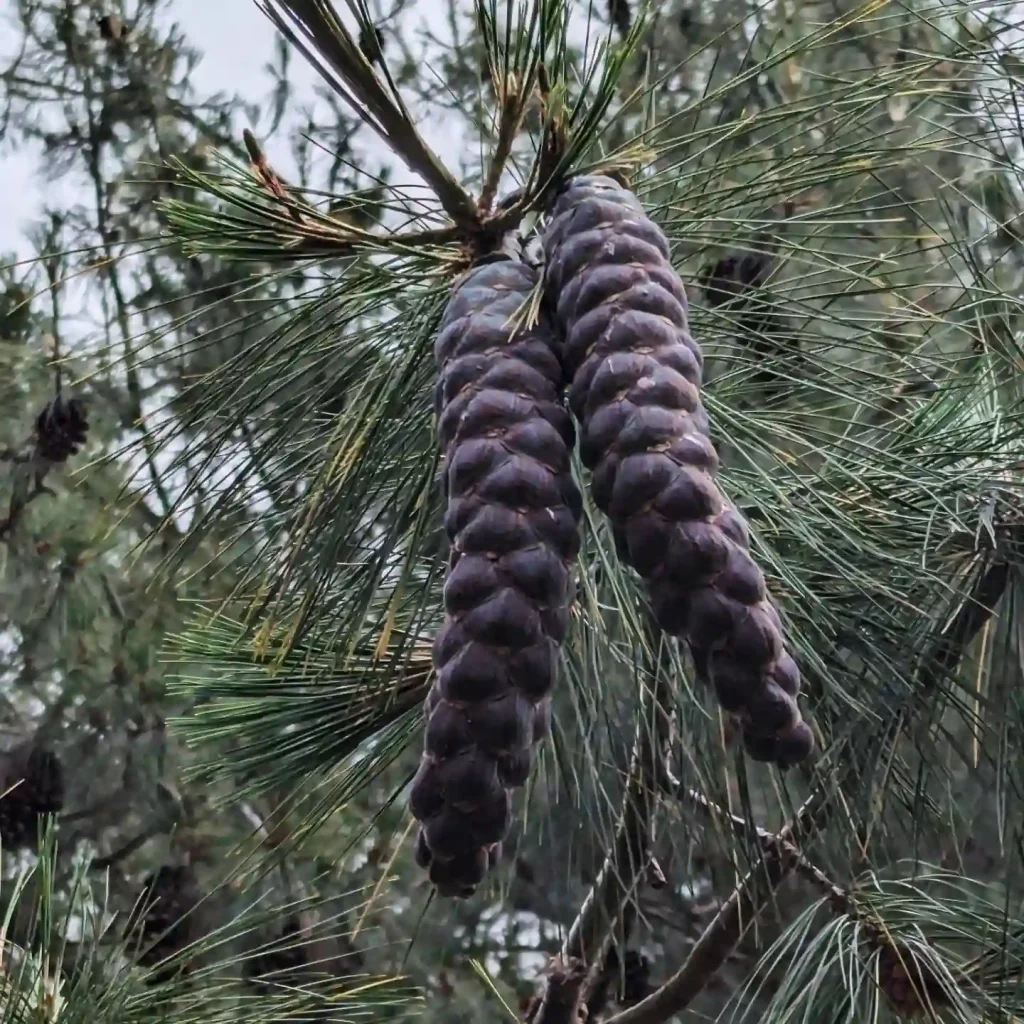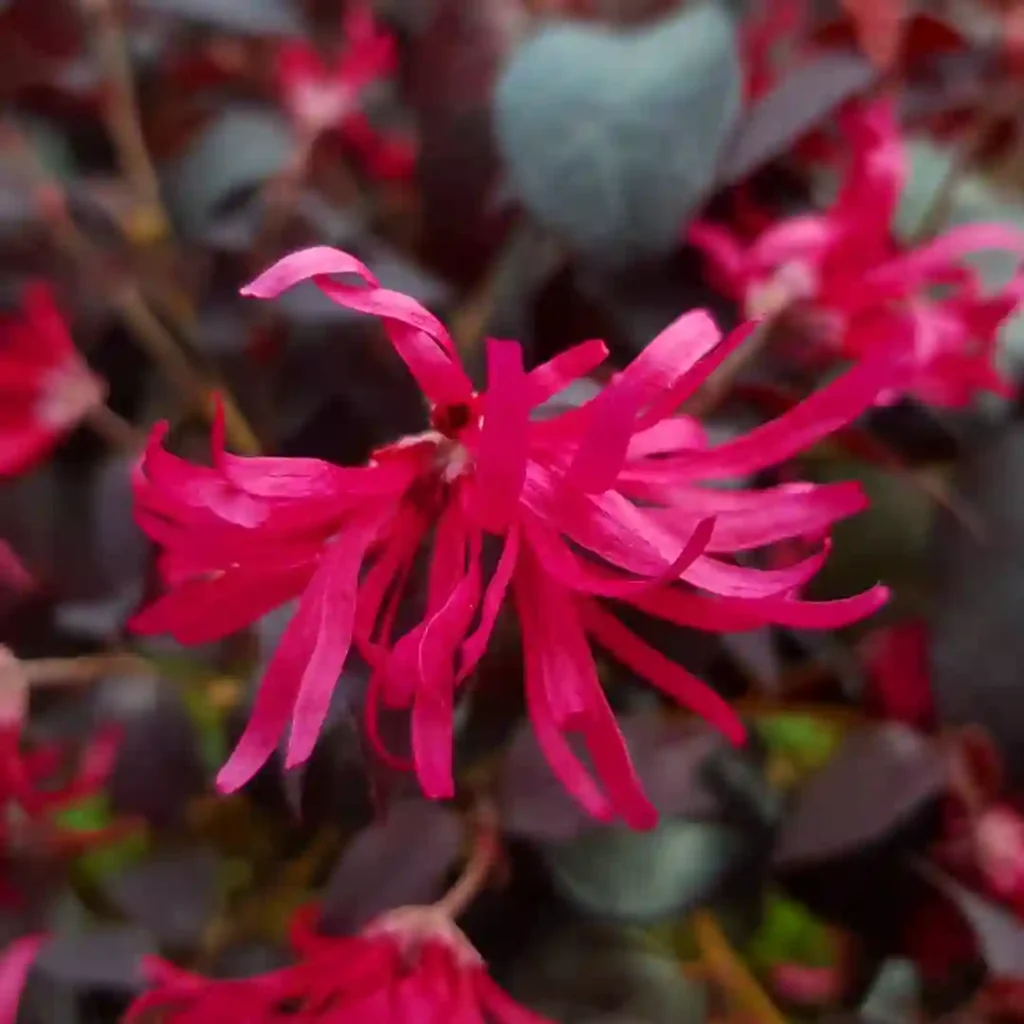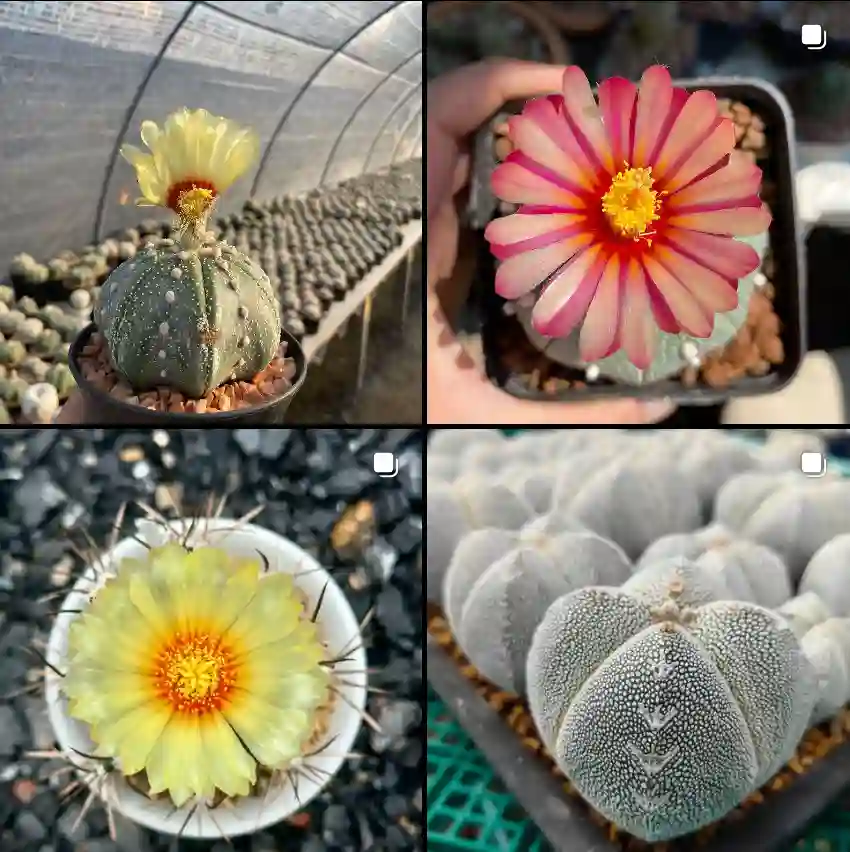What is Calathea Anulque?
Calathea Anulque is a fascinating plant known for its striking foliage. This Calathea variety, often admired for its unique leaf patterns, features dark green leaves adorned with lighter green and silver stripes. The intricate designs on the leaves can resemble an artist’s brush strokes, adding a touch of elegance to any space. Originating from tropical regions, this plant thrives in environments that mimic its natural habitat, making it a popular choice among plant enthusiasts.
59 Species in Genus Calathea
How to Care for Calathea Anulque?
Caring for Calathea Anulque involves understanding its specific needs to ensure it remains vibrant and healthy. Here’s what you need to know:
- Light: Calathea Anulque prefers indirect, filtered light. Direct sunlight can scorch its leaves, causing them to lose their luster. I’ve found that placing it near a north or east-facing window works well. If natural light is limited, a grow light can be a good alternative.
- Water: This plant enjoys consistently moist soil but hates sitting in water. I water my Calathea Anulque when the top inch of soil feels dry. Use room-temperature water, as cold water can shock the plant. Avoid using tap water if it contains chlorine or fluoride, as these can harm the plant. I’ve had better success with distilled or rainwater.
- Humidity: High humidity is crucial for Calathea Anulque. It thrives in environments with humidity levels above 50%. I use a pebble tray or a humidifier to maintain the right moisture levels, especially during dry winter months.
- Temperature: This plant prefers temperatures between 65-80°F (18-27°C). Keep it away from drafts and temperature extremes. I’ve noticed that Calathea Anulque is quite sensitive to sudden temperature changes, which can cause leaf curling.
- Soil: A well-draining, peaty mix is ideal for Calathea Anulque. I use a blend of potting soil, perlite, and orchid bark to ensure good aeration and drainage. This mix helps prevent root rot, which is a common issue with overwatering.
How to Propagate Calathea Anulque?
Propagating Calathea Anulque is relatively straightforward. I’ve had success using these methods:
- Division: The most common method is dividing the plant. Carefully remove the plant from its pot and separate the root ball into smaller sections, each with at least one growth point. Replant these sections in their own pots with fresh potting mix. I usually wait until the new plants show signs of growth before considering them fully established.
- Offsets: Sometimes, Calathea Anulque produces offsets or “babies” around the base. You can gently separate these offsets and pot them individually. This method is similar to division but involves less disturbance to the parent plant.
What to Plant With Calathea Anulque?
Calathea Anulque pairs beautifully with other humidity-loving plants. I often combine it with:
- Ferns: Their similar humidity needs make ferns like Boston or Maidenhair a good match.
- Pothos: This plant can tolerate a range of light conditions and adds a contrasting texture to the Calathea’s foliage.
- Spider Plants: Their air-purifying qualities and adaptable nature complement Calathea Anulque well.
How to Use Calathea Anulque in Interior Design?
Calathea Anulque can be a striking addition to your interior decor. I’ve found that it works well in various settings:
- As a Focal Point: Its vibrant leaves make it an eye-catching centerpiece in living rooms or entryways.
- In Groups: Placing it among other houseplants can create a lush, tropical feel.
- In Decorative Pots: Using stylish or colorful pots can enhance its visual appeal and fit your decor style.
Is Calathea Anulque Toxic to Pets?
Calathea Anulque is generally considered non-toxic to cats and dogs. However, it’s always a good idea to monitor your pets and discourage them from chewing on plants. While this Calathea is not harmful, any plant material ingested in large quantities might cause mild gastrointestinal upset.
Common Problems with Calathea Anulque
Calathea Anulque is relatively low-maintenance, but it can encounter a few issues:
- Brown Leaf Edges: Often a sign of low humidity or inconsistent watering. Increasing humidity and ensuring even moisture can help.
- Yellowing Leaves: This might indicate overwatering or poor drainage. Adjust watering practices and check the soil for proper drainage.
- Leaf Curling: Typically caused by temperature stress or drafts. Maintaining a stable environment can prevent this issue.
Conclusion
Calathea Anulque is a beautiful and intriguing plant that can add a touch of elegance to any indoor space. With the right care, including proper light, humidity, and watering, it can thrive and bring joy for years to come. By understanding its needs and addressing common issues, you can ensure your Calathea Anulque remains a stunning centerpiece in your home.
If i die, water my plants!



